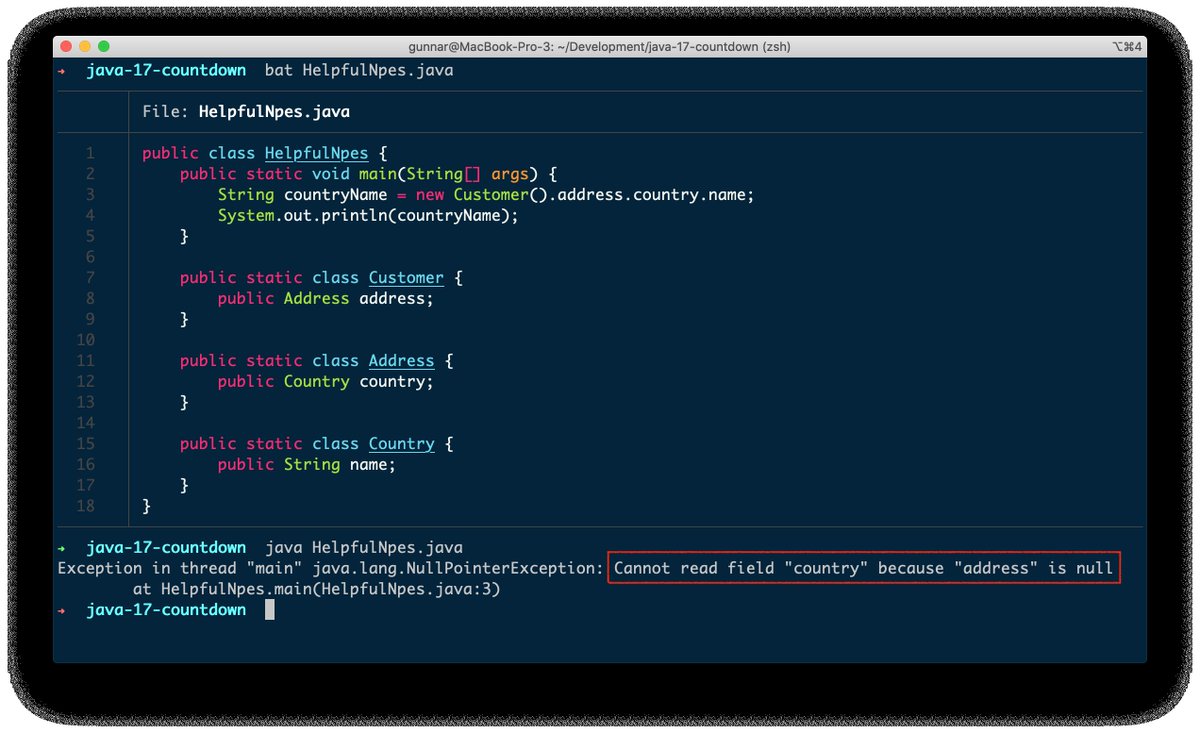
🧵 If you run @apachekafka in production, creating clusters, topics, connectors etc. by hand is tedious and error-prone. Better rely on declarative configuration which you put into revision control and apply in an automated way, #GitOps-style. Some tools which help with that:
1⃣ JulieOps (github.com/kafka-ops/julie) by @purbon, which helps you to "automate the management of your things within Apache Kafka, from Topics, Configuration to Metadata but as well Access Control, Schemas". A nice intro in this post by Bruno Costa: medium.com/marionete/how-…
2⃣ topicctl (github.com/segmentio/topi…) by @segment: "Easy, declarative management of Kafka topics. Includes the ability to 'apply' topic changes from YAML as well as a repl for interactive exploration of brokers, topics, consumer groups, messages, and more"
3⃣ #Terraform is a popular tool amongst many infrastructure-as-code adepts. No surprise that there is a TF provider for Kafka resources for it too: github.com/Mongey/terrafo….
4⃣ If #Kubernetes is your thing, take a look at @strimziio (strimzi.io), an open-source operator for running Kafka on Kube, which lets you manage clusters, topics, users, Connect, connectors, MirrorMaker and others, via custom resources and kubectl. 

5⃣ Users of managed Kafka services like MSK, Red Hat's RHOSAK, or Confluent Cloud, usually find GitOps friendly solutions offered by their providers or the community, e.g. via CloudFormation (docs.confluent.io/cloud/current/…) or TF (registry.terraform.io/providers/pmui…, docs.confluent.io/cloud/current/…).
6⃣ And some more tools in the Kafka GitOps/IaC space I've come across:
- kafka-gitops: github.com/devshawn/kafka…
- kafka-helmsman: github.com/teslamotors/ka…
- Jikkou: github.com/streamthoughts…
- ns4kafka: github.com/michelin/ns4ka…
Would love to learn of any others you're aware of 🙏!
- kafka-gitops: github.com/devshawn/kafka…
- kafka-helmsman: github.com/teslamotors/ka…
- Jikkou: github.com/streamthoughts…
- ns4kafka: github.com/michelin/ns4ka…
Would love to learn of any others you're aware of 🙏!
• • •
Missing some Tweet in this thread? You can try to
force a refresh








